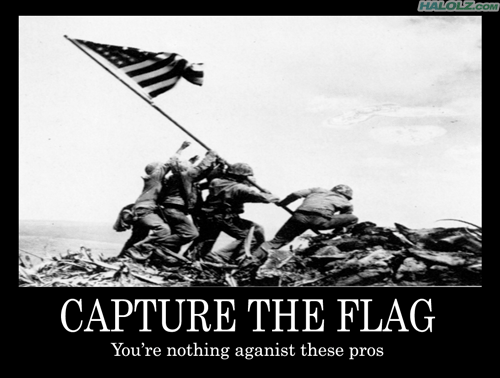My girlfriend's 8 year-old little brother is staying with us this week during his first trip ever out of Kansas. That kid has so much energy that after just three days, both the GF and I are completely pooped. Going back to work today actually felt a bit like a vacation. So, here's a hodgepodge of fantasy and game-related nuggets.
Last weekend I raided my parents' storage unit and retrieved a great deal of my childhood library. It's hard to describe just how good it felt to put those old books back on my shelf, even the ones I will probably never read again in the absence of children. Having them on my bookshelf is like looking into a window of my reader's past... A documented history of my imagination. I have the first 35 Hardy Boys books in hardcover, which I must have read over the course of a couple years in grade school, because by the time I hit 5th and 6th grade, I had graduated to fantasy series. I recovered my Xanth books by Piers Anthony which gave rise to my first, juvenile world-building project, called "Boink." I got my Shannara novels and my David Eddings books (both the Belgariad and Elenium) all of which informed my current game world. I also retrieved all my paperback Wheel of Time Books. Then, of course, there were the Calvin and Hobbes and Far Side books. I have so much new material to read, but pulling out all the old friends made me itch to do some re-reading.
When I was a kid, I would occasionally fantasize about having a cluttered wizard's library of my own some day, and recovering those books helped me feel like I am back on track towards that goal.
So, with the above-mentioned little brother in town, tomorrow is going to be a very special game night. My group will be trying out the game, Ticket to Ride, which the owner of our FLGS (Friendly Local Game Store) recommended as easy enough for kids, but still fun for adults. I'm looking forward to trying out a new game and will try to deliver a full report this Friday!
The Architect DM series has a new post up about defining fantasy cultures through their architecture. Bartoneous, the blog's author had strayed from talking about architecture and I'm glad that he has come back around to posting on the subject of his expertise.
Aaand, Campaign Mastery has an interesting series going right now about stocking a DM's mental toolbox. The latest installment is all about encounter planning.














